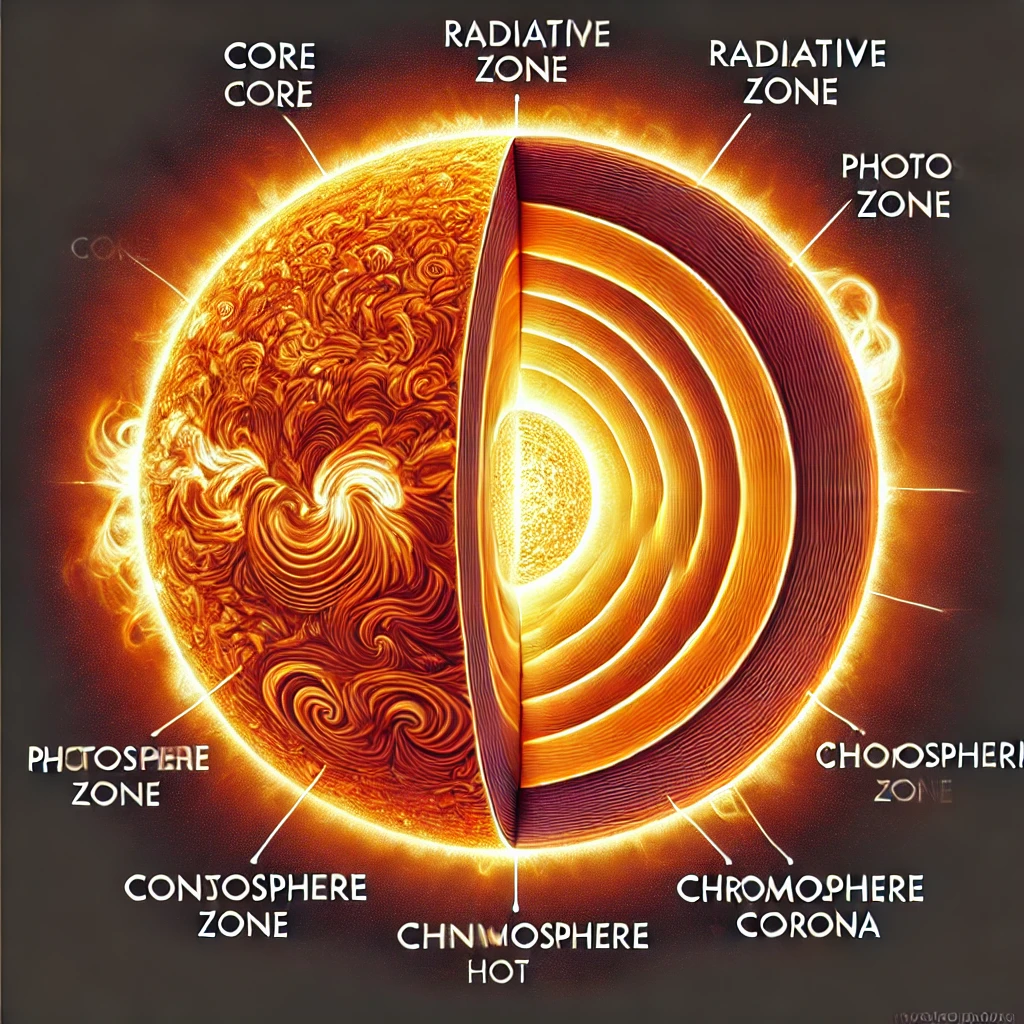1. Heaviest Element Before Supernova Q: What is the heaviest element produced by fusion in the core of a massive star before a supernova? A: Iron (Fe
2. Why Does Iron Signal a Star’s Death?
Q: Why does reaching iron in a massive star’s core mark the end of its life?
A: Iron fusion does not produce energy, so there is no outward pressure to balance gravity. This causes the core to collapse, triggering a supernova and forming either a neutron star or a black hole.
3. Newton’s First Law (Inertia)
Q: What is Newton’s First Law of Motion?
A: An object remains at rest or in uniform motion unless acted upon by an external force. This is the law of inertia.
4. Newton’s Second Law (Force & Acceleration)
Q: What is Newton’s Second Law of Motion?
A: Force = mass × acceleration (F = ma). The acceleration of an object is directly proportional to the force applied and inversely proportional to its mass.
5. Newton’s Third Law (Action-Reaction)
Q: What is Newton’s Third Law of Motion?
A: For every action, there is an equal and opposite reaction. If object A exerts a force on object B, object B exerts the same force back on object A in the opposite direction.
6. Newton’s Law of Universal Gravitation
Q: What is Newton’s Law of Universal Gravitation?
A: The force of gravity between two objects is proportional to the product of their masses and inversely proportional to the square of the distance between them:
F=Gm1m2r2F=Gr2m1m2
What is a White Dwarf Made Of? Why?
A white dwarf is made primarily of carbon and oxygen because:
During the red giant phase, helium fusion creates carbon and oxygen in the core.
The Sun is not massive enough to fuse these heavier elements into iron (which happens only in massive stars).
Once fusion stops, the core remains as an electron-degenerate carbon-oxygen white dwarf, slowly cooling over time.
Why do stars form in clusters?
Stars form in clusters because they originate from giant molecular clouds (GMCs), which are large, dense, and coldregions of gas and dust. Several factors contribute to the clustering of stars:
hat is the most common type of stellar remnant in the universe?
The most common stellar remnant is a white dwarf.
Why?
Low- and intermediate-mass stars (like the Sun) end their lives as white dwarfs, and these stars are the most common.
High-mass stars, which form neutron stars and black holes, are much rarer.
What is the most common type of star in the universe?
The most common type of star in the universe is a red dwarf (M-type main sequence star).
Characteristics:
Low mass (~0.08–0.5 times the Sun’s mass).
Cool temperatures (~2,500–4,000 K).
Very dim, making them hard to detect.
Extremely long lifetimes (potentially trillions of years).
Layers of the Sun (from innermost to outermost):
Core – The central region where nuclear fusion occurs.
Radiative Zone – The region where energy is transported outward by radiation.
Convective Zone – The outer layer of the Sun's interior, where energy is transported by convection.
Photosphere – The visible surface of the Sun.
Chromosphere – A thin layer above the photosphere, part of the Sun’s atmosphere.
Corona – The outermost layer of the Sun’s atmosphere, extending into space.
